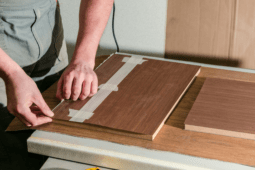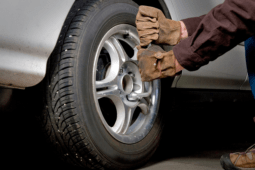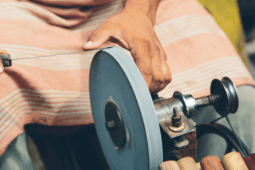ManMade Essentials: When to Use Nails vs Screws
Nails and screws, we see them in every construction project and most likely all have a preference. There are a ton of different reasons why one may favor one over the other. If you’ve slammed your thumb with a hammer on multiple occasions, it’s likely you prefer screws. If you’ve stripped a screw and struggled to get it out, you may find nails to be a better companion.
No matter our past experiences, there are times to use nails and times to use screws. It’s important to understand the difference and know when to reach for the right tool. They’re both fasteners, but you would never reach for a jigsaw when you know a circular saw is necessary. Certain tools do certain jobs better. This is the guide to help you become familiar with what nails and screws do best.
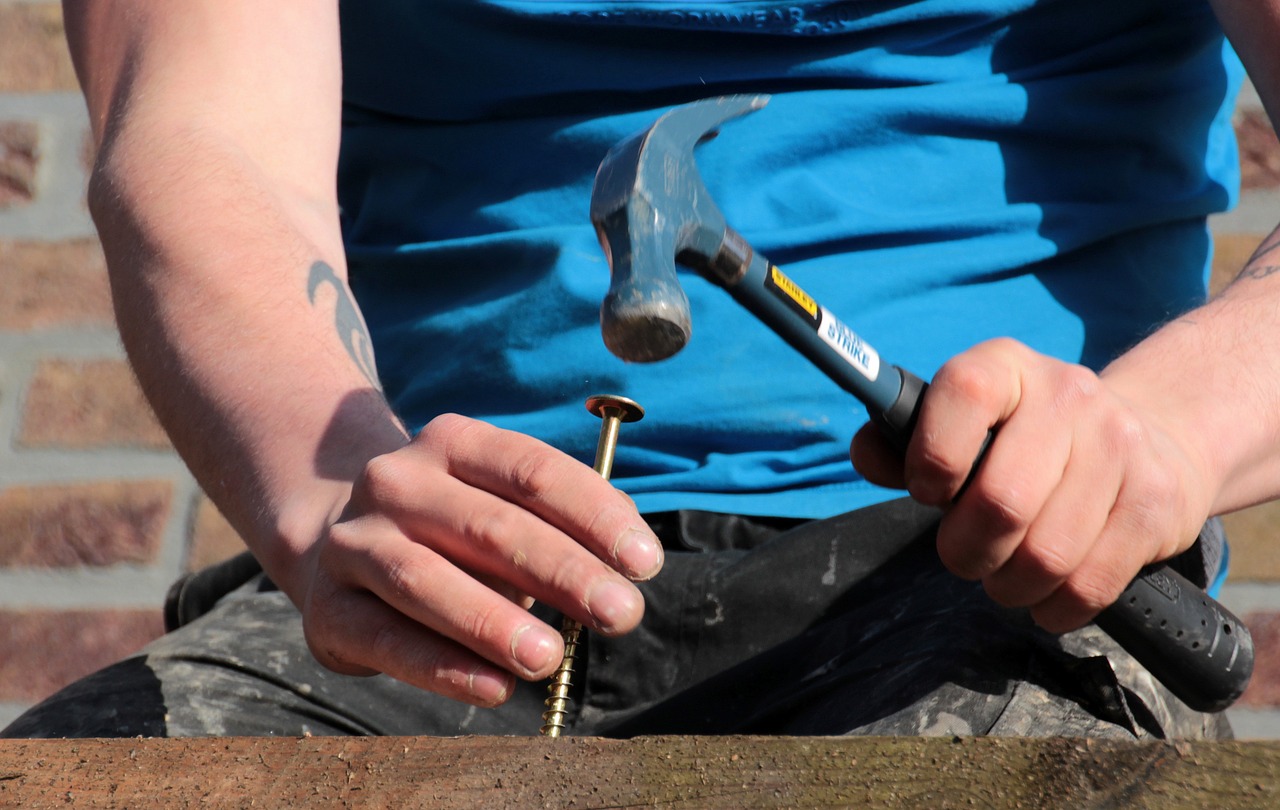
Fastening materials together requires a certain amount of grip strength, and a certain amount of shear strength. You’ll need to understand each of these in order to know when to grab a screw, or when to grab a nail.
Deciding Between Nails and Screws
Grip Strength
Grip strength refers to the fastener’s ability to hold two pieces of wood together that are being pulled in opposite directions. The higher the grip strength, the better the fastener pulls two pieces of wood together.
High amounts of grip strength are necessary for when you will be applying a large amount of vertical pressure onto the wood. For example, your deck that you are building will hold your family, outdoor furniture, and maybe even a grill. This is a lot of weight that can potentially lead to the deck coming apart. With a fastener that has a high grip strength, the wood will stay together.
Screws for Grip Strength
You may have noticed pieces of wood coming together whenever you throw a screw in. The screw draws the two pieces that you are connecting together and holds them there. The threads on screws provide a huge amount of grip strength.
Nails, on the other hand, don’t provide much grip strength. They lack the threads that screws have and wood can easily separate because of that.
Examine each aspect of your project and use screws when you need grip strength.
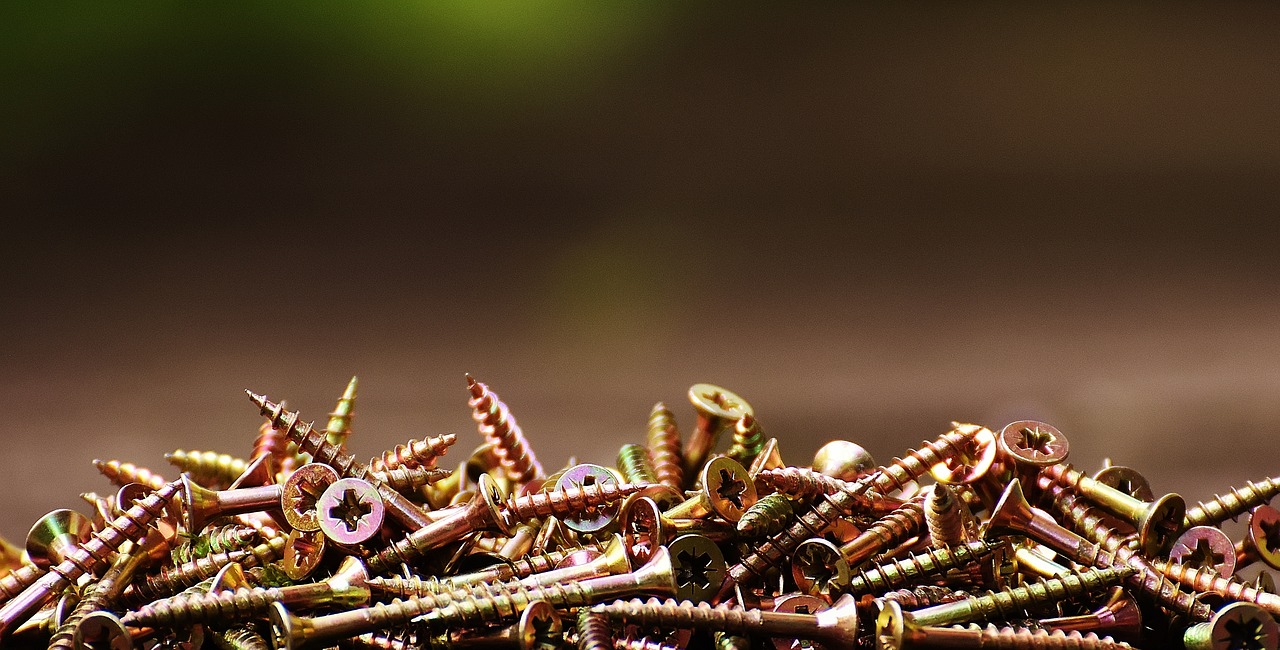
Shear Strength
When we talk about shear strength, we’re talking about the amount of force a fastener can stand up to that comes from the sides. When you fasten two pieces of wood together, outside forces can attempt to slide the wood around horizontally. The shear strength of a fastener determines how much of this your project can stand.
Any project that will be putting a lot of horizontal, or diagonal, pressure onto the joint will need a fastener with high shear strength. For example, when you are connecting the trusses of a roof to the frame of the house, there is a lot of pressure that comes diagonally onto the joint. This will require a lot of shear strength to stay together.
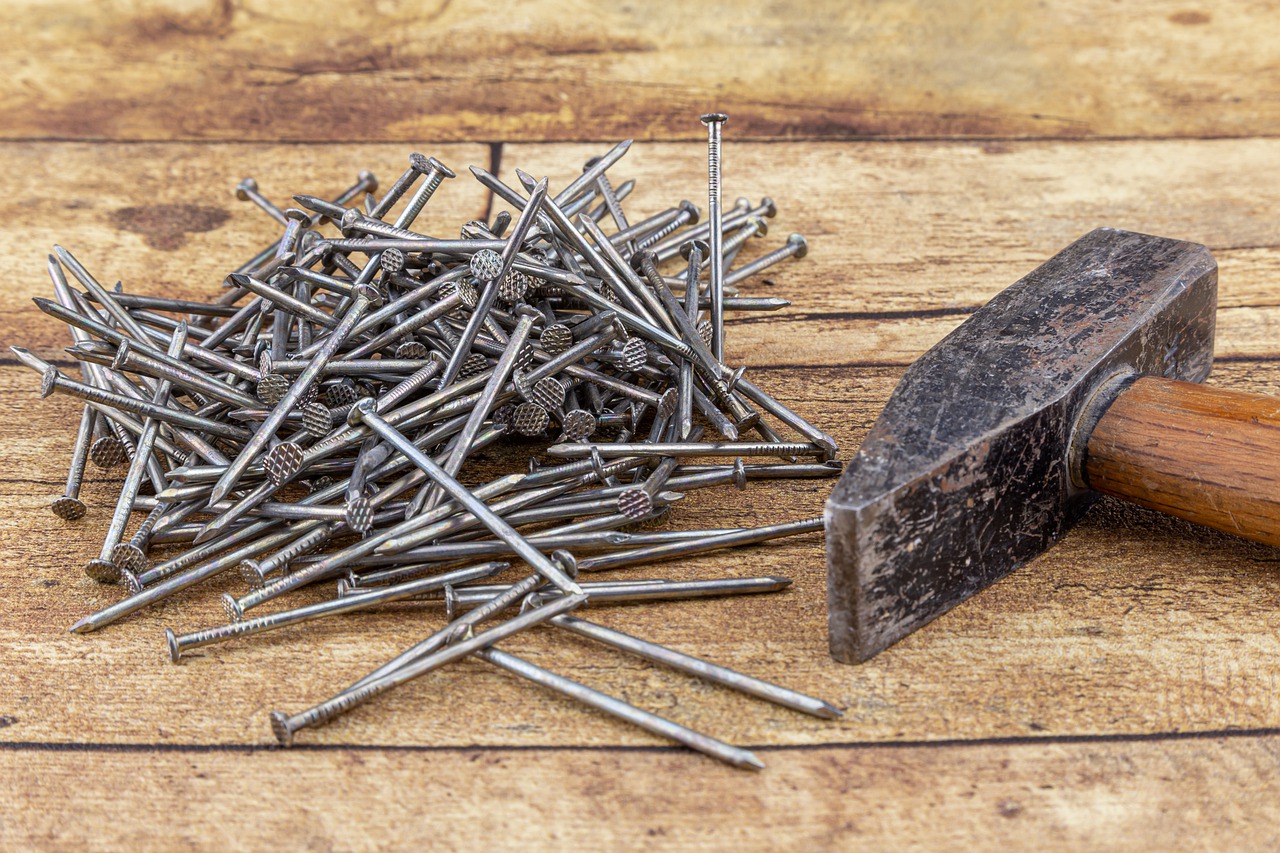
Nails for Shear Strength
Screws are often not even made from metal. The ceramic screws are brittle and will quickly snap when put under any amount of shear pressure. Metal nails are a much better fit for any project that needs a lot of shear strength.
Nails will start to bend at a certain level of pressure but rarely snap. They will hold everything together because they have a huge amount of shear strength.
Other Variables
There are of course, other variables that come into play. Screws and nails are both great options and will hold wood together incredibly well. There are times that screws are used when nails should have been, but you’ll never know the difference.
For most DIY projects, you probably use screws. They’re easier to put in and easier to remove. They have enough strength to keep everything structurally sound. Once you move into larger construction, nails become necessary.
Nails also have a way of not taking away from the aesthetic appeal of a project. They don’t stand out as much as screws do. Nails as a finish are cleaner, and leave your project looking more complete than in progress.
Conclusion
Experienced carpenters or construction workers know when to use a screw versus a nail. They understand which works best for what aspect of a project. They also have learned how to identify the parts of a project where the type of fastener actually matters. Often, it doesn’t matter at all and comes down to your preference.
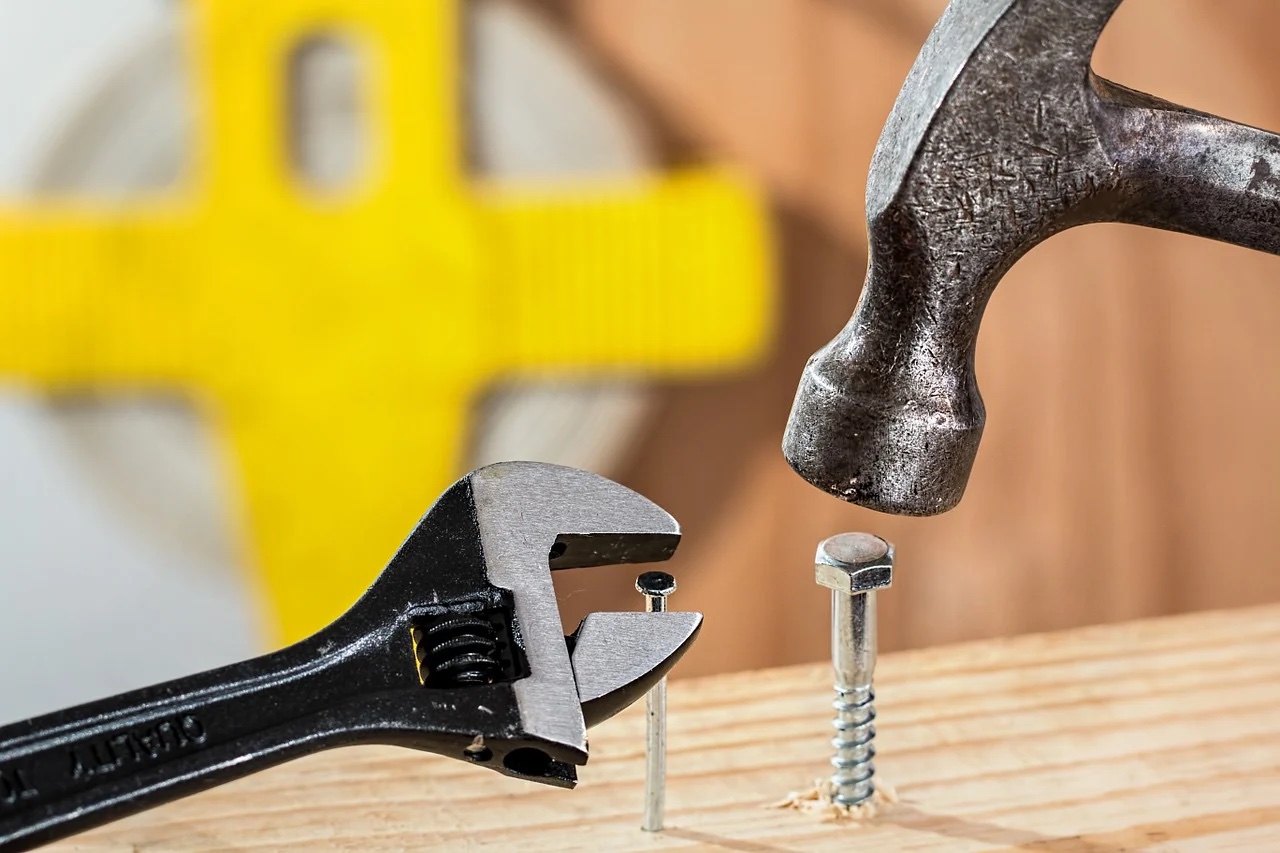
If you want to dot your I’s and cross your T’s, stick to nails for a high level of shear strength, and screws for grip strength. With this rule you’ll nail it, rather than screw it up.


